Your favourite video game characters reimagined
Iconic video game characters level up in these stunning fan art examples.
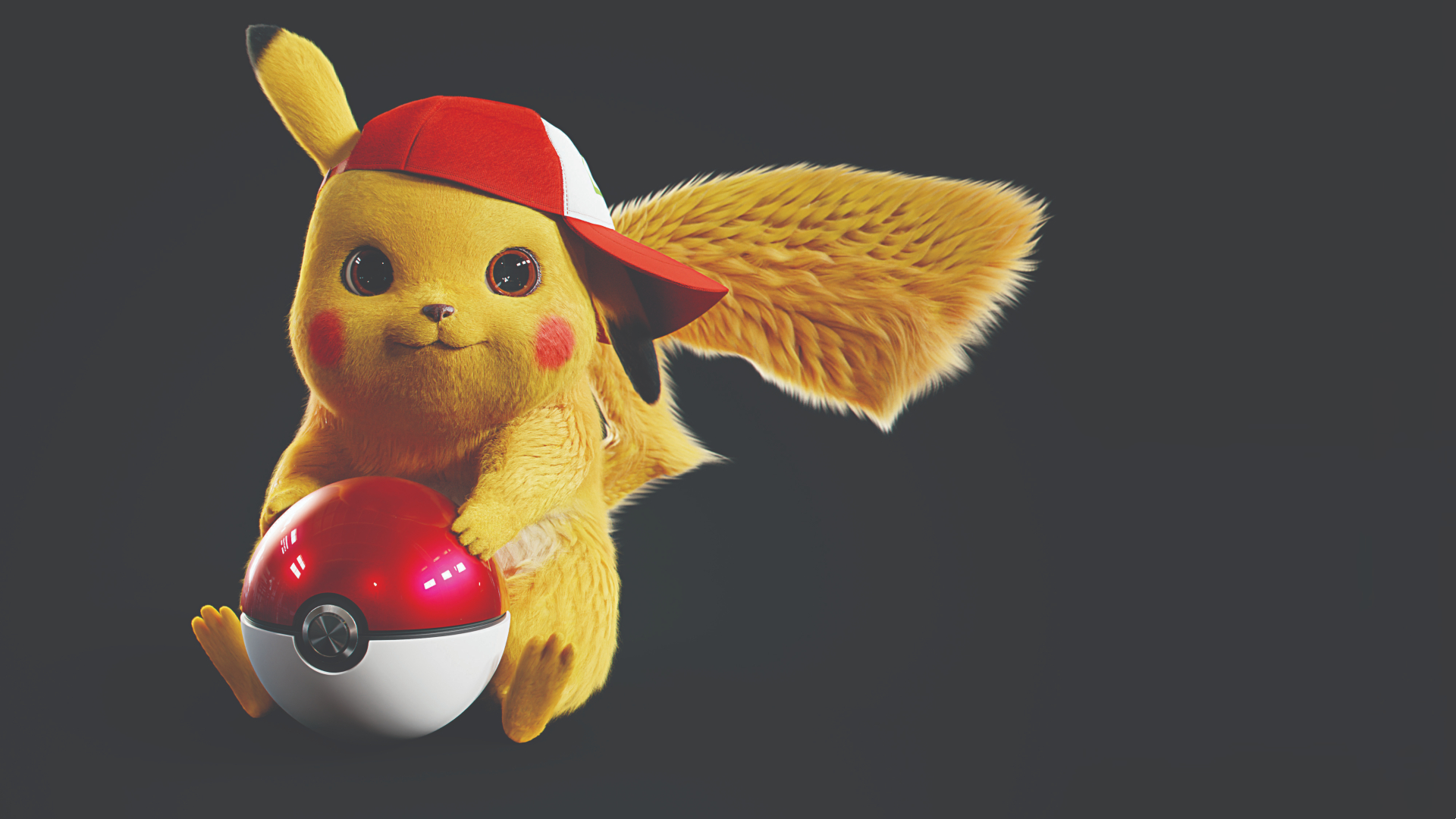
Video game characters offer a wealth of creative potential for 3D artists. Whether reimagining a classic design or fleshing out a lesser-known character, video game characters can reach new levels in fan art. Artists can also use these projects to practice techniques or learn new approaches to 3D art, all while putting their own spin on existing video game characters. Why not try adding realistic fur to Pikachu? Rendering Mario with realistic skin texture? Or putting a stylised twist on your favourite Final Fantasy hero?
We've spoken to artists that have done just that and rounded up our favourite fan art of video game characters in this article. For even more incredible examples of 3D art you can check out these inspiring examples. But for now, read on to find out how these artists breathed new life into iconic video game characters and levelled up their 3D skill sets in the process.
01. Sonic the Hedgehog
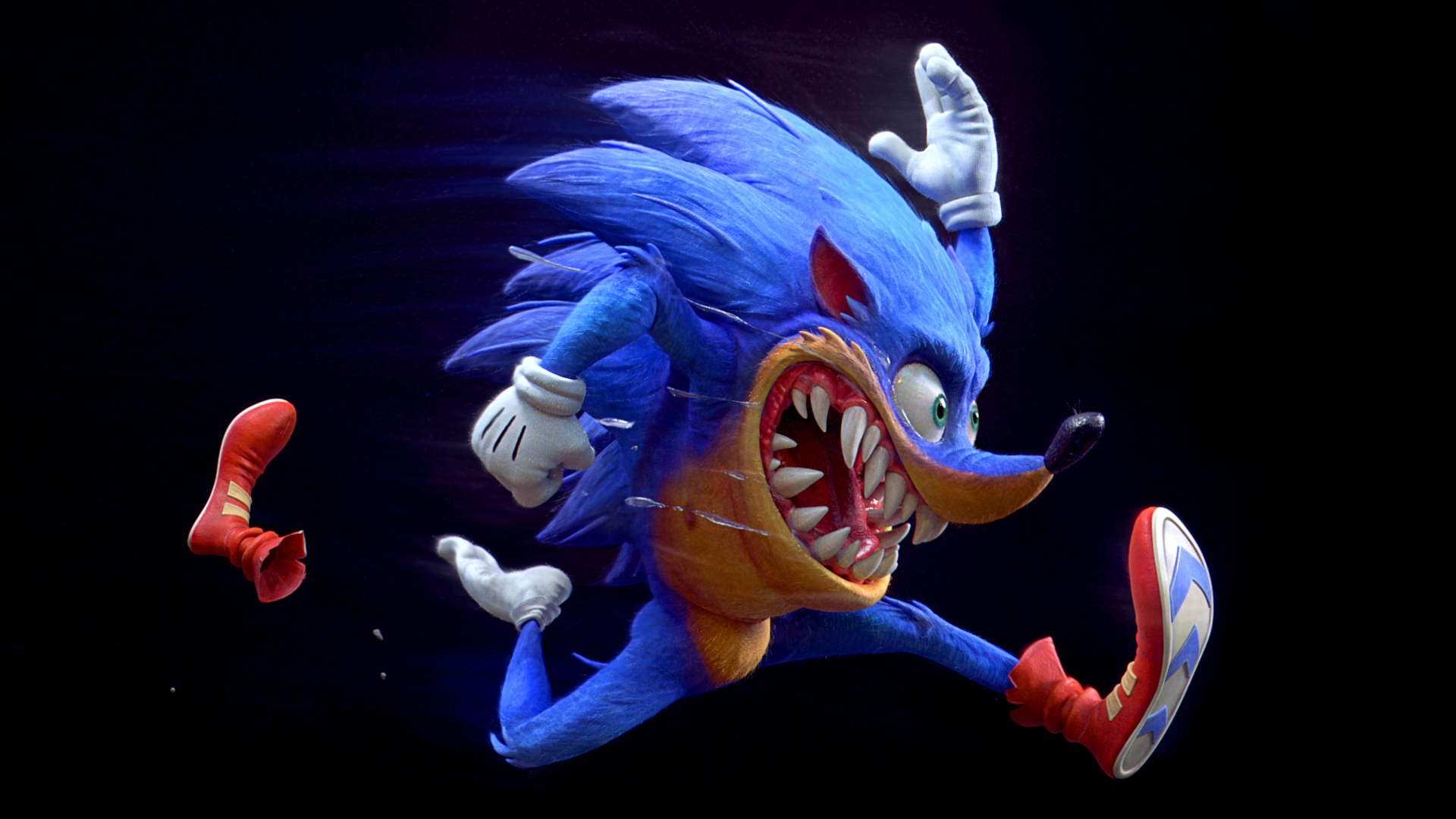
Video game characters don't come much more iconic than Sonic the Hedgehog. Originally debuting on the Sega Genesis in 1991, Sonic's creation is generally attributed to programmer Yuji Naka and artist Naoto Ohshima. Whilst the broad strokes of his design remain unchanged, Sonic has undergone many updates in the past 30 years, including a controversial redesign for his first Hollywood outing. As the artists behind Sonic's feature film appearance found out, there's plenty of scope to play with the character's design.
This tribute to Sonic by Alin Bolcas, a character and facial modeller at MPC Film, is based on an illustration by Oleg Yurkov. “I started in ZBrush, constantly referring back to the original illustration,” he explains, “when I was happy with the overall proportions and pose I used ZRemesher and UV Master on everything.”
He then moved into Maya and organised the scene, laying out the UVs into three UDIMs for the whole character and exporting them out. “I imported every piece back into ZBrush and pasted the UVs onto each high-resolution piece. I continued sculpting on that file with the Slash2 brush to add another pass of secondary forms, folds and sculpted fur.” Bolcas textured the character in Substance Painter, using Photoshop to push a mediocre render into something more presentable with tools such as Liquify and Smudge.
02. Pokémon trainer

Most gamers have spent enough time trying to catch 'em all to recognise this character. Players have grown used to the baseball cap sporting Pokémon trainer design since the series first appeared in 8-bit form on the Nintendo Game Boy in 1996.
Character artist Spenser Morgan spent 12 weeks on his Red Pokémon Trainer and used XGen to create the impressive hair. “I started by dividing the scalp up into sections and placed a few guides to each,” he explains, “I then shaped the guides until I was able to get a clean silhouette similar to how his hair appears in the game.”
Get the Creative Bloq Newsletter
Daily design news, reviews, how-tos and more, as picked by the editors.
Morgan begins projects by going out and gathering as many references as possible. “I’ll gather clothing reference, material swatches, different hairstyles, anatomy reference, etc. Once I have that I’ll start thumbnailing some ideas, maybe logos or clothing designs. Once I have my roadmap I start in ZBrush.” With everything blocked in, Morgan will move the model into Maya for refining and retopologising. Finally, it moves into Substance Painter to bake and texture.
03. Morrigan
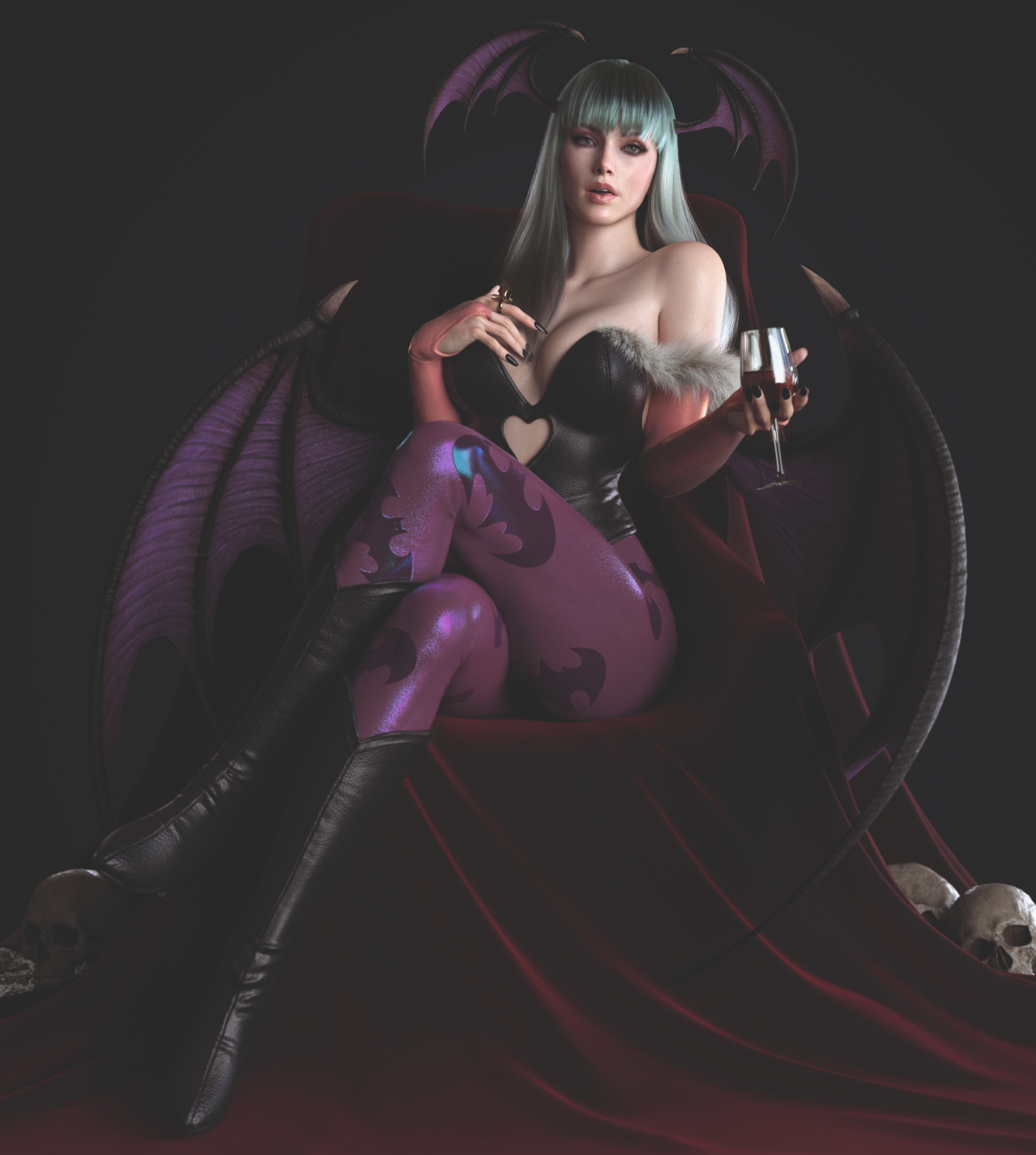
3D artist Ed Pantera has recreated his fair share of video game characters in impressive fan art projects, including characters like Sagat and Cammy from Street Fighter. This captivating character piece puts a photorealistic spin on Morrigan from Capcom's Darkstalkers series. The fan favourite anti-heroine was originally created by Alex Jimenez and the Capcom Japan design team and has become one of the most ever-present and instantly recognisable video game characters, with her distinctive features inspiring countless cosplays and fan art.
Substance Painter was used for the majority of textures on this recreation of Morrigan, with Mari and Texturing.xyz maps helping to create the realistic skin. Patience is key to problem-solving in Pantera’s workflow. “If I face some technical difficulty, I take a short break and then try again,” he adds. At one point, this meant upgrading his computer when XGen couldn’t render his photoreal fan art.
04. Phoenix
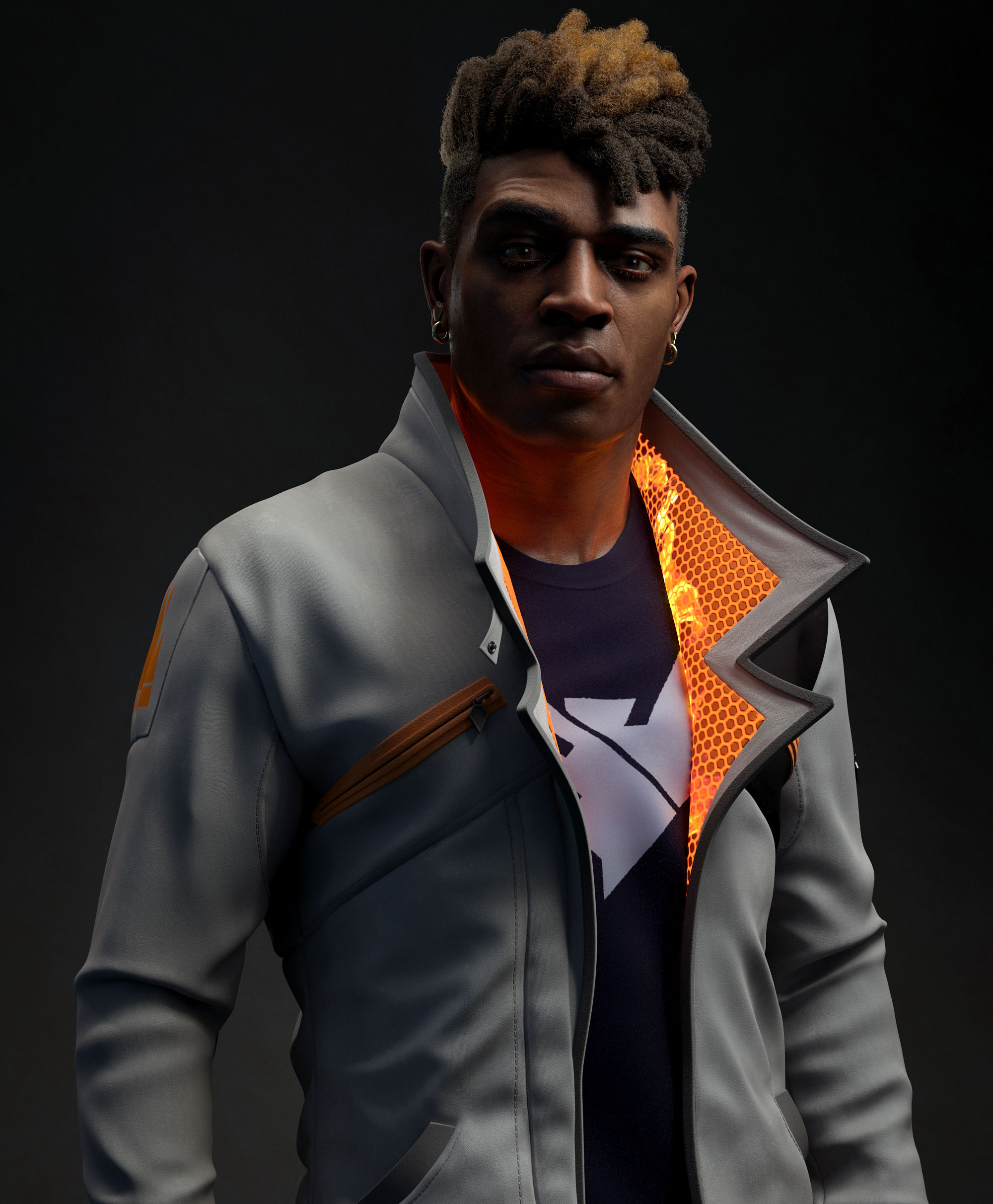
Riot Games' Valorant has become one of the most popular free-to-play multiplayer shooters in recent years. The 5v5 character-based tactical shooter offers a selection of Agents for players to choose from, each with their own fighting styles and abilities, and Phoenix is the most stylish of them all.
This photorealistic tribute to Phoenix is the work of Nabil Chequeiq, a senior character artist at Bron Studios. To create the face details, he used HD Geometry in ZBrush after seeing it used in a Pixologic presentation. "It gives me a lot of freedom in terms of detail and polygons," he explains. "For the clothes, I used Marvelous Designer to block out the general jacket, and then I exported it to Maya and used a script called UV tool. After retopologising I used Transfer Attributes to transfer UVs from the Marvelous mesh to my retopologised mesh."
Chequeiq used Transfer Attributes again to transfer vertex positions from UVs to his jacket, giving him a low-poly jacket mesh matching the high-res one in terms of vertex position and UVs. "After all my low-poly elements, I exported that mesh into ZBrush and started projecting the first pass of detail, then adding more to make the jacket interesting."
05. Mario and Yoshi
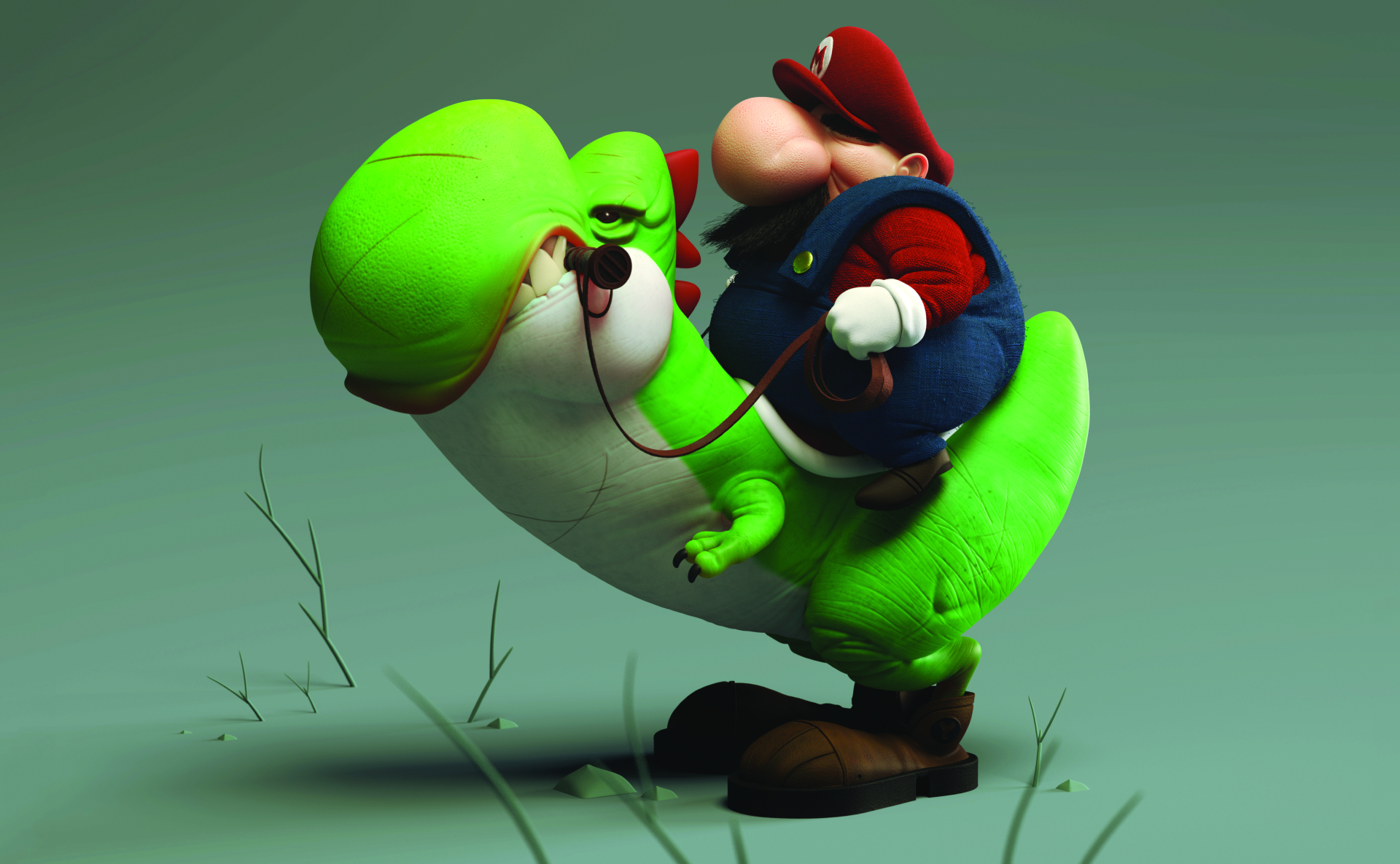
Mario is synonymous with video games. Created by Japanese video game designer Shigeru Miyamoto, Mario first appeared as the playable character in 1981's Donkey Kong, proving so popular that he starred in his own game Super Mario Bros. in 1985 and became the mascot of Nintendo. Yoshi is Mario's faithful dinosaur companion, created by graphics designer and game director Shigefumi Hino and making his debut in 1990's Super Mario World. Each character has undergone several design revisions in the intervening years and has been depicted in numerous art styles, giving 3D artists plenty of inspiration for their fan art.
Character artist Carlos Adrian Gonzalez VIllagomez based this Mario fan art on a CreatureBox concept called Plumb Life. VIllagomez always begins his process by sketching in ZBrush. “Then I stop for a moment and take a quick rest; it’s important to reset your eyes so you can have a fresh look at your model and improve it," he explains, "after the sculpt is finished I move into Maya to retopologise, and make the UVs. After that I start sculpting the fine detail in ZBrush, then export texture, cavity, bump and displacement maps for look dev in Maya. Finally, I do compositing in Photoshop.”
06. Shaman
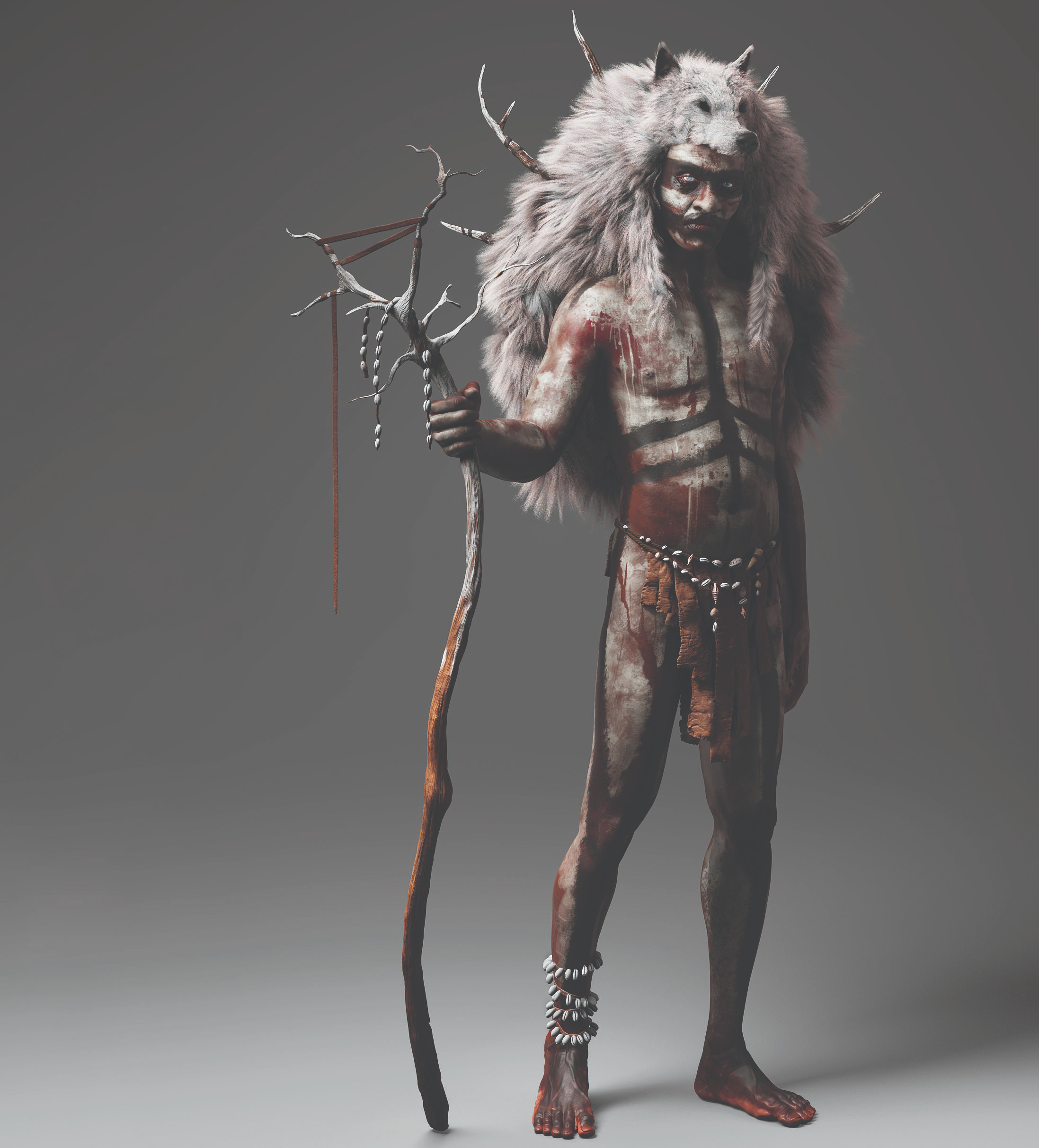
A primary character in Far Cry Primal, Tensay has a striking design and eccentric personality that makes him one of the 2016 game's more memorable cast members. Tensay is the shaman of the Wenja tribe, a fictional tribe that are loosely based on the prehistoric Cro Magnon, a population of early homo sapien. It took 3D modeller Marina Llorente one month to take this detailed fan art from a simple sphere in ZBrush to a finished render in Maya.
“I always try to find a balance between the time I spend creating the parts that compose the final project and their quality, always prioritising the quality of more significant features, but not forgetting about the secondary ones,” Llorente explains, adding that it would be a pity for a single bad component to ruin the entire character.
This was Llorente’s first time using displacement maps, which allowed her to keep a low and clean topology whilst achieving a highly detailed end result. “I spent a lot more time working on the fine skin details to achieve a realistic result,” Llorente explains. “Some people have told me that realism is boring because it represents what already exists, but I don't see it that way. What stops you from letting your imagination fly in a realistic style?”
07. Vincent Valentine
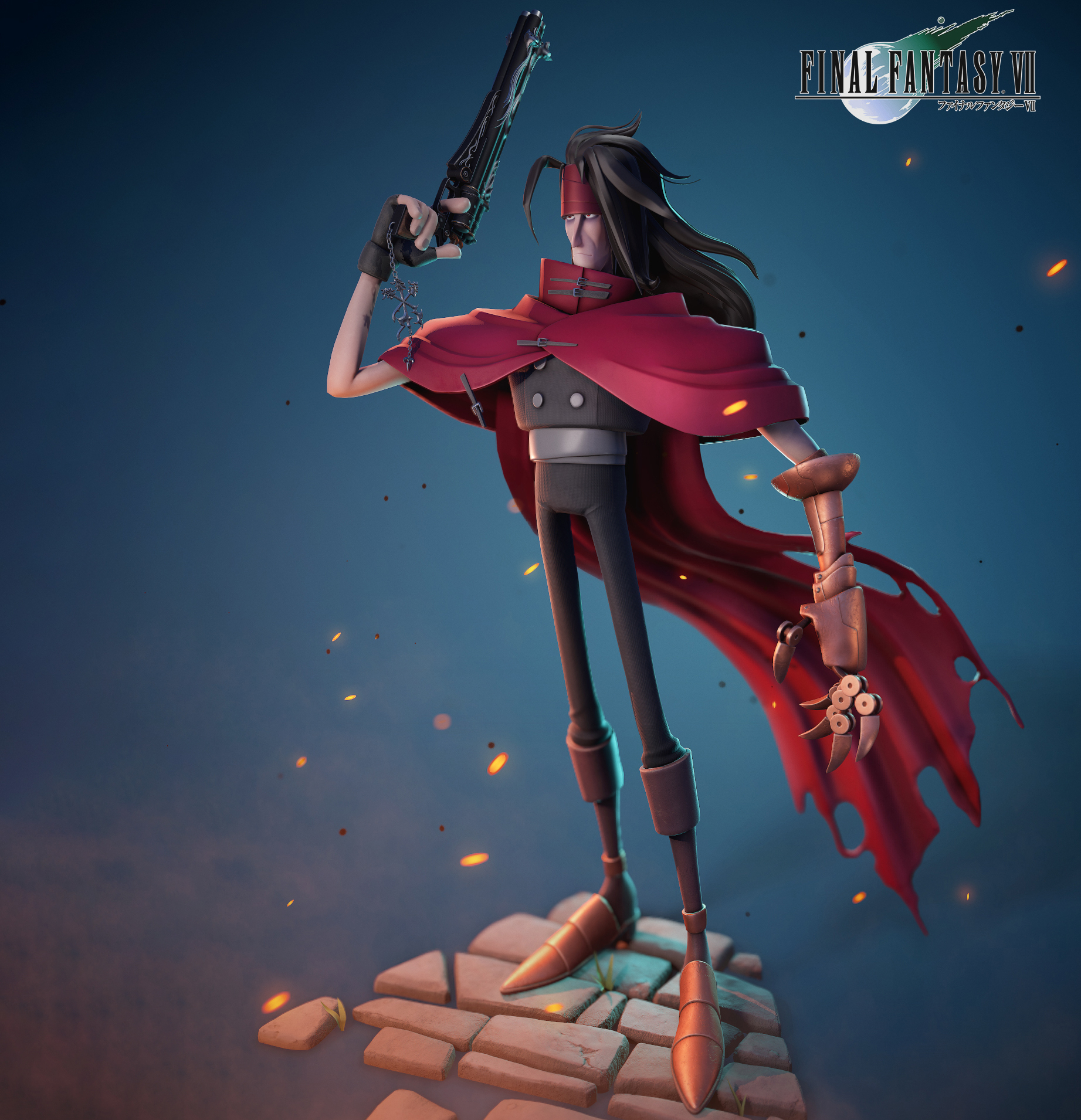
Role-playing games don't get much bigger or long-running than Final Fantasy, Square Enix's science fantasy franchise has presented gamers with a plethora of memorable characters since the first instalment hit shelves in 1987. Vincent Valentine made his first appearance in 1997's Final Fantasy VII, proving to be one of that game's more interesting characters and a mainstay of fan art.
Senior character artist Charlotte Johnson recreated Valentine as a stylised game-ready asset for Retrogasm 2019, a global video game art competition run by Jon Troy Nickel and Layna Lazer that tasked artists to take a character from the sixth generation of console or prior and remake them with current technology.
Johnson began by gathering references and breaking down the concept before starting in ZBrush, blocking out the character’s shape with DynaMesh and giving it a supportive topology. “Once I have topology, I can go and refine the model,” she adds. “I use Maya’s Quad Draw tool to retopologise the character for the low-poly model and Marmoset Toolbag for baking the maps. Substance Painter is great for texturing because it already has a library of base materials. You can use layers like in Photoshop, to gradually add details such as general edgewear and dirt.”
08. Pikachu

Pikachu is the most popular and instantly recognisable species of Pokémon. The adorable, mouse-like creature was conceived by Game Freak's character development team, with artist Atsuko Nishida credited as the person behind the original design, which would later be finalised by artist Ken Sugimori. Pikachu's iconic design lends itself to a variety of art styles and approaches.
Freelance 3D artist Aneesh Chandra put a realistic twist on Pikachu in this incredible fan art. He chose to forgo using any procedural techniques in the creative process, using ZBrush to sculpt and Blender’s Particle System to create the photorealistic fur. “The most enjoyable element for me was simply the chance to recreate the iconic Pikachu from Pokémon in a realistic form,” he says.
Chandra started by sculpting the basic shape in ZBrush and refining the sculpt. When he was satisfied, Chandra imported the model into Blender for retopology and UVs before texturing in Substance Painter. “Back in Blender, I created his fur using the Hair Particle System; it was very challenging for me to achieve good-looking fur, but I overcame that by admiring real-life references like cats and rabbits. After all the adjustments and grooming, I rigged the model, posed him and gave him the cap and a Poké Ball which I modelled separately in Blender.”
These articles were originally published in 3D World, the world's best-selling magazine for CG artists. Subscribe to 3D World.
Read more:

Thank you for reading 5 articles this month* Join now for unlimited access
Enjoy your first month for just £1 / $1 / €1
*Read 5 free articles per month without a subscription

Join now for unlimited access
Try first month for just £1 / $1 / €1

Brad Thorne was Creative Bloq's Ecommerce Writer, and now works for a PR company specialising in 3D and VFX, Liaison. He previously worked as Features Writer for 3D World and 3D Artist magazines, and has written about everything from 3D modelling to concept art, archviz to engineering, and VR to VFX. For Creative Bloq, his role involved being responsible for creating content around the most cutting-edge technology (think the metaverse and the world of VR) and keeping a keen eye on prices and stock of all the best creative kit.
